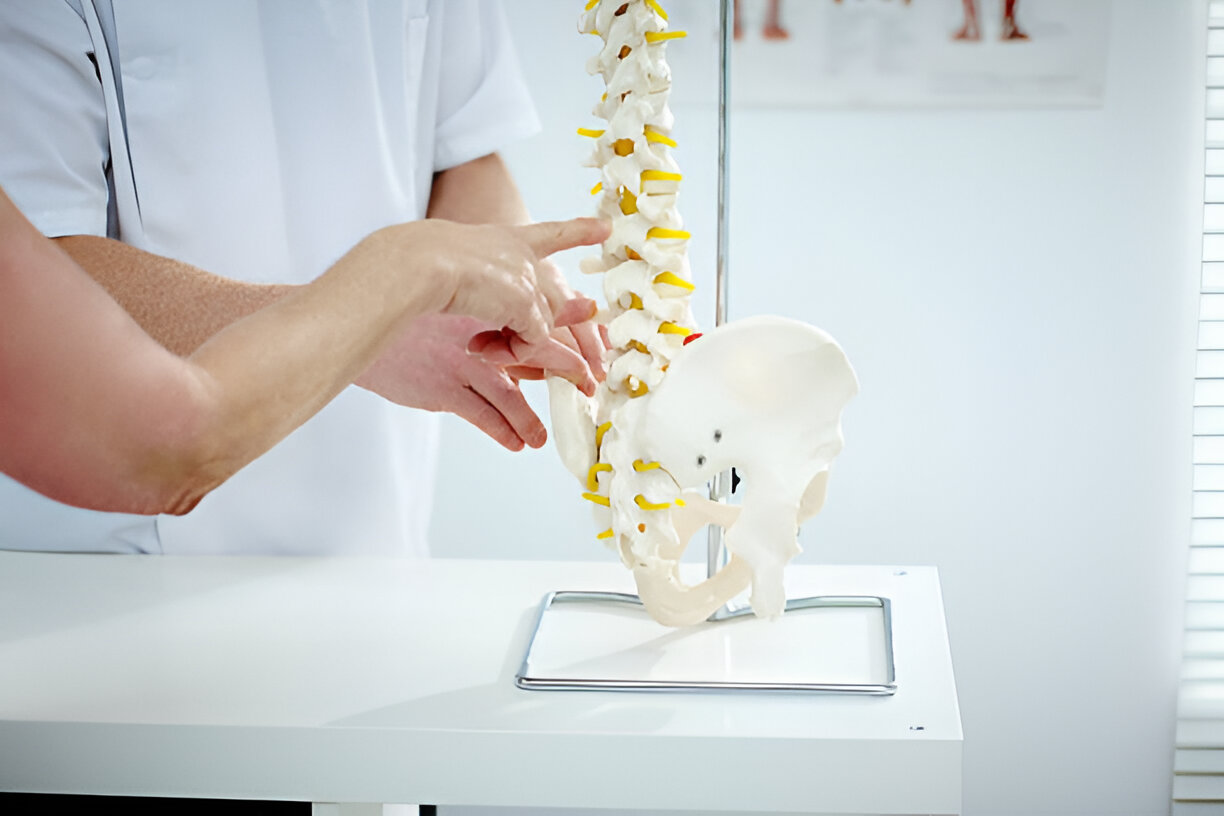Back pain, injuries, and other physical discomforts significantly affect our daily lives.
People seek relief through various treatments, often choosing between chiropractic or physical therapy.
But what if combining these approaches could offer a more effective solution?
This blog explores how a combined approach to pain management can improve recovery and provide a more comprehensive solution to physical ailments.
What Is Chiropractic Treatment?
Chiropractic treatment is an alternative medicine that targets diagnosing and curing mechanical disorders of the musculoskeletal system, particularly the spine.
Chiropractors use manual adjustments and manipulation to correct misalignment, alleviate pain, and improve function.
The goal is to reset normal function and support the body’s ability to heal itself.
What Is Physical Therapy?
Physical therapy is a broader field that involves treating physical impairments through exercise, manual therapy, education, and other techniques.
Physical therapists work to make mobility, strength, and function better often after an injury, surgery, or the onset of a chronic condition.
They design personalised rehabilitation programs to help individuals regain their physical capabilities and improve their overall quality of life.
Understanding Chiropractic & Physical Therapy Combined Approach to Pain Management
A combined approach to pain management involves integrating the techniques and principles of chiropractic and physical therapy.
This holistic approach deals with the root cause of pain and dysfunction while promoting overall health and wellness.
Combining chiropractic treatment and physical therapy can offer a holistic approach to healing and rehabilitation.
Chiropractic highlights the alignment of the musculoskeletal structure, particularly the spine, to alleviate issues such as joint pain, headaches, and poor posture.
On the other hand, physical therapy emphasises the improvement of mobility, function, and overall physical strength through targeted exercises and movement.
When these two treatment methods are combined, patients can experience comprehensive care that addresses their health’s structural and functional aspects.
This integrated approach leads to improved outcomes for various musculoskeletal conditions and injuries.
Benefits of Combining Chiropractic Treatment & Physical Therapy
Effective Holistic Treatment for Back Pain
One significant benefit of this holistic treatment for back pain is that it tackles the issue from multiple perspectives.
Chiropractic practices can help to realign the spine, lessening pressure on nerves and improving spinal function.
Meanwhile, physical therapy exercises can strengthen the muscles around the spine, improve flexibility, and avoid future injuries.
This dual approach addresses back pain’s symptoms and underlying causes.
Long Term Cure
Combining chiropractic treatment and physical therapy is particularly effective when achieving a long-term cure.
Chiropractic adjustments provide immediate relief from pain and discomfort, while physical therapy focuses on long-term rehabilitation and prevention.
By working together, these treatments can help patients maintain their progress and avoid recurrent issues.
Speedy Effect
Another advantage of this combined approach is its speedy effect on recovery.
Patients often experience faster and more significant improvements when receiving chiropractic adjustments and physical therapy.
The immediate relief provided by chiropractic care can motivate patients to engage more actively in physical therapy exercises.
This, in turn, accelerates the healing process and helps patients return to their normal activities sooner.
The Bottom Line
Incorporating chiropractic and physical therapy into a single treatment plan offers a number of benefits.
This combined approach to pain management provides a holistic treatment for back pain, ensuring immediate relief and long-term recovery.
Patients can enjoy a more effective and comprehensive solution by handling the underlying causes of pain and promoting overall wellness.
Combining these treatments is a powerful and promising strategy for anyone looking to maximise recovery from injuries and improve their quality of life.


